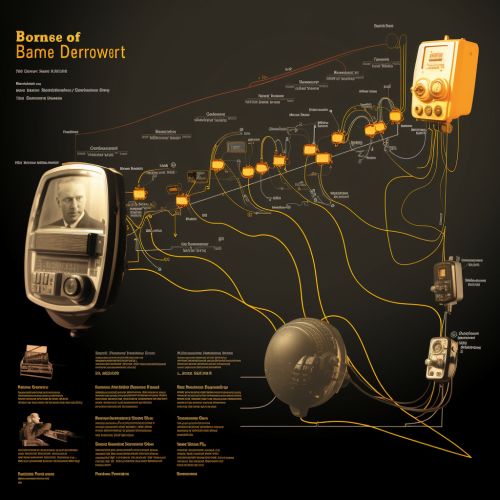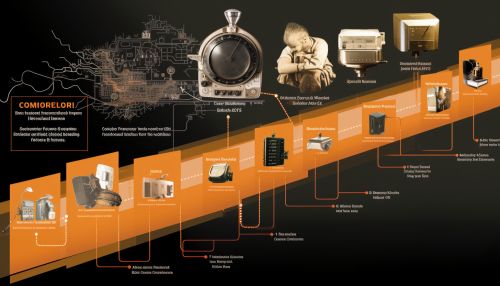Brain-Computer Interface
Introduction
A brain-computer interface (BCI), also known as a neural-control interface (NCI), mind-machine interface (MMI), direct neural interface (DNI), or brain–machine interface (BMI), is a direct communication pathway between an enhanced or wired brain and an external device. BCIs are often directed at researching, mapping, assisting, augmenting, or repairing human cognitive or sensory-motor functions.
History
The history of brain-computer interfaces (BCIs) begins with Hans Berger's discovery of the electrical activity of the human brain and the development of electroencephalography (EEG). In 1924 Berger was the first to record human brain activity by means of EEG. Later developments include work conducted by Vladimir Kotelnikov in the Soviet Union on the Inferior Olive, which he termed the "dynamo of thought", and its role in motor control.


Types of BCIs
There are several types of BCIs, which can be classified based on the methods of signal acquisition. These include invasive, partially invasive, and non-invasive methods.
Invasive BCIs
Invasive BCIs involve the use of electrodes implanted directly into the gray matter of the brain during neurosurgery. Because they lie in the grey matter, invasive devices produce the highest quality signals of BCI devices but are prone to scar-tissue build-up, causing the signal to become weaker, or even non-existent, as the body reacts to a foreign object in the brain.
Partially Invasive BCIs
Partially invasive BCI devices are implanted inside the skull but rest outside the brain rather than within the grey matter. They produce better resolution signals than non-invasive BCIs where the bone tissue of the cranium deflects and deforms signals and have a lower risk of forming scar-tissue in the brain than fully invasive BCIs.
Non-Invasive BCIs
Non-invasive BCIs acquire brain signals from sensors placed on the scalp. The most common non-invasive method is the electroencephalogram (EEG) which has been used for decades in the medical industry. Other non-invasive methods include functional magnetic resonance imaging (fMRI), magnetoencephalography (MEG), and functional near-infrared spectroscopy (fNIRS).
Applications
BCIs are used in a variety of applications, including medical, military, and gaming. They have also been used to create artistically expressive works.
Medical Applications
In the medical field, BCIs are used in neuroprosthetics, which are artificial devices or systems designed to replace or improve the function of an impaired or missing body part. BCIs are also used in the treatment of neurological disorders such as Parkinson's disease, epilepsy, and Alzheimer's disease.
Military Applications
In the military, BCIs are being developed to control unmanned aerial vehicles (UAVs), and to provide soldiers with a tactical advantage on the battlefield. The Defense Advanced Research Projects Agency (DARPA) has invested heavily in BCI research with the goal of creating a direct, two-way interface between a human operator and a military system.
Gaming Applications
In the gaming industry, BCIs are used to create immersive experiences for players. Some video games use BCIs to allow players to control game characters or manipulate the game environment using their thoughts.
Challenges and Ethical Considerations
Despite the potential benefits of BCIs, there are several challenges and ethical considerations associated with their use. These include issues related to privacy and security, the potential for cognitive overload, and the risk of physical harm from invasive procedures. There are also concerns about the potential for BCIs to be used in ways that could infrac
